A small brownish-yellow summer-emerging species with an unusual fleckered patterning on its elytra. Similar to C. subtestacea but has the head and pronotum mottled red-brown. Close also to C. testacea but lacking the more pronounced ribs on the elytra which distinguish that species.
This species and its allies are believed to be a 'bud mimics'. The imitation applies particularly well for the Narrow-leaf Mallee, Eucalyptus leptophylla, which is the principal adult host species for summer flower-feeding Buprestids in SA. With its head down and out of sight while feeding on nectar in the centre of flowers, the projecting abdomen and elytra resemble an unopened bud.
Barker 1983 notes that he originally included specimens of the similar C. subtestacea under C. crockerae. On the other hand, SA specimens from Eyre Peninsula had been incorrectly identified as C. subtestacea for many years until Magnus Peterson (pers. comm. Jul. 2020) pointed out that those illustrated here are actually C. crockerae.
Some SA specimens have a sub-medial brown spot on the elytra, although this feature was only mentioned by Barker 2006a for C. testacea. These specimens, however, lack the more pronounced elytral ribbing and paler pronotum of the latter. Castiarina crockerae, C. subtestacea and C. testacea appear to intergrade and Barker 1983 comments that they 'seem to be members of a ring species complex'.
| ¹ Legend | regions | SA State Herbarium regions (map)
EA: Eastern, EP: Eyre Peninsula, FR: Flinders Ranges, GT: Gairdner-Torrens, KI: Kangaroo Island, LE: Lake Eyre, MU: Murray, NL: Northern Lofty, NU: Nullarbor, NW: North-Western, SE: South-Eastern, SL: Southern Lofty, YP: Yorke Peninsula |
| size | The ellipse is the correct size when printed, indicative on a desktop screen, and likely to be wrong on a mobile device. |
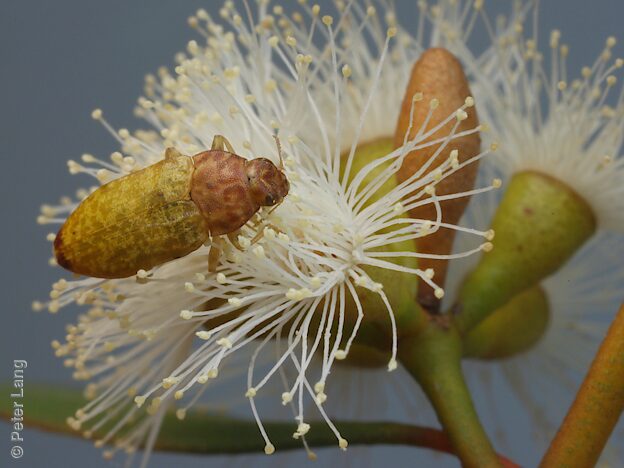
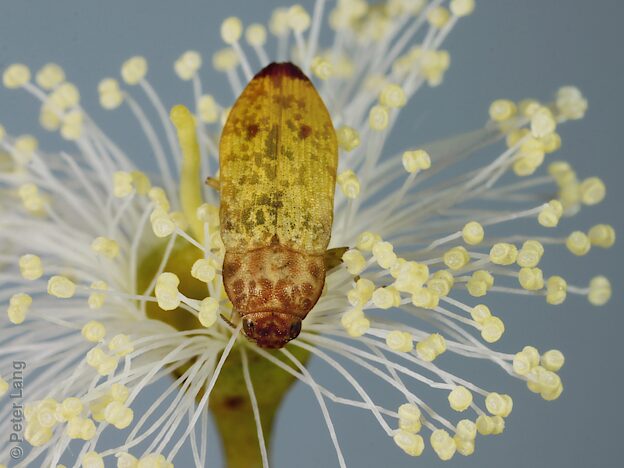
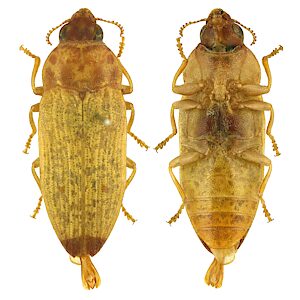
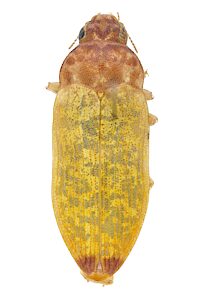
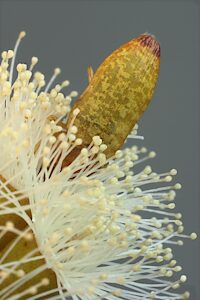
, EP, A6_x300.jpg)





, EP, A6_x300.jpg)